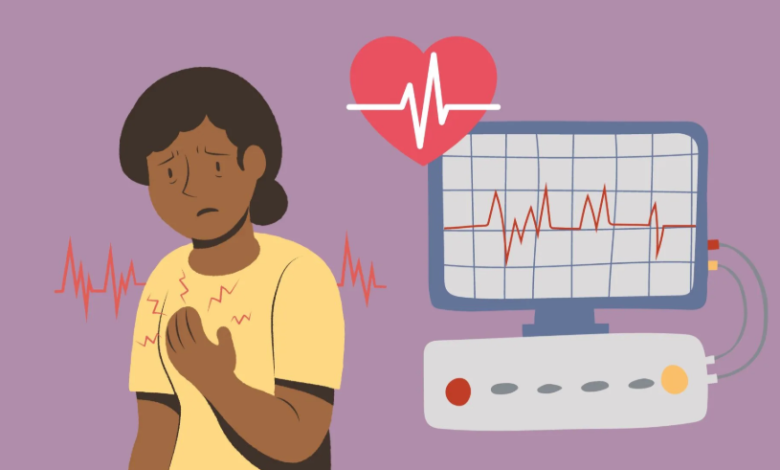Why HRV Is So Important for Your Health and Wellbeing

In the realm of personal health and performance, one often overlooked but immensely valuable metric is Heart Rate Variability (HRV). Unlike basic heart rate, HRV provides a deeper insight into the body’s autonomic nervous system and its ability to handle stress, recover from exertion, and maintain overall physiological balance. As more people seek data-driven methods to improve their wellbeing, HRV is emerging as a cornerstone of optimal health.
So, why HRV matters? Pulsetto explains heart rate variability in a way that highlights both its scientific foundation and real-life applications.
See also: Fitted Kitchens: Transforming Homes with Style and Functionality
Understanding HRV: What It Really Measures
The variations in the intervals between successive heartbeats are referred to as heart rate variability. Rather than a fixed rhythm, a healthy heart beats with slight variability, influenced by the parasympathetic and sympathetic branches of the autonomic nervous system. A balanced nervous system and a high ability to adjust to stress and environmental changes are indicated by a higher HRV.
The Science Behind HRV and Wellness
Numerous studies have shown that HRV is closely linked to both physical and emotional wellbeing. Here’s how HRV impacts key aspects of health:
- Stress Response: Low HRV is often associated with chronic stress, burnout, and overtraining. In contrast, higher HRV signifies resilience and better stress management.
- Recovery and Fitness: Athletes and fitness enthusiasts monitor HRV to ensure adequate recovery between workouts. An optimal HRV reading can signal when the body is ready for more intense training.
- Mental Health: There’s growing evidence connecting HRV to mental health conditions such as anxiety and depression. Improved HRV often correlates with emotional stability and cognitive clarity.
- Cardiovascular Health: A consistently low HRV may serve as a warning sign for heart disease or other underlying health issues.
HRV as a Daily Biofeedback Tool
With the rise of wearable tech and health apps, HRV is no longer confined to the realm of elite athletes or medical professionals. Devices like Pulsetto are bringing this powerful metric to the fingertips of everyday users. These tools not only track HRV but also provide actionable insights and exercises that help improve nervous system regulation and overall wellbeing.
Pulsetto’s approach stands out by making complex health data understandable and usable. Through real-time feedback and guided interventions, users can take control of their stress levels, enhance focus, and improve sleep — all by listening to what their heart is telling them.
Why More People Are Turning to HRV for Preventive Health
In a world where chronic stress and lifestyle diseases are on the rise, preventive health strategies are becoming increasingly vital. HRV offers a dynamic snapshot of the body’s internal balance, making it an invaluable early warning system. Monitoring HRV allows individuals to make informed choices around diet, exercise, sleep, and relaxation techniques before symptoms or illnesses appear.
Moreover, the ability to track improvements in HRV through interventions such as breathwork, mindfulness, and neuromodulation adds a motivational layer to health optimization.
Final Thoughts
Heart Rate Variability is more than just a number — it’s a reflection of how well the body and mind are functioning together. From reducing stress to improving performance and preventing illness, the benefits of understanding and improving HRV are profound.
To learn more about the science and application of HRV, Why HRV matters: Pulsetto explains heart rate variability offers an in-depth look into why this metric is becoming essential in today’s health landscape.





